Do you know anything about the basics of essential oils? I love the thought of using oils around my home rather than many OTC products that are used in homes today.
I didn’t really know much about them until I started looking closer and doing some research. Now I have them in my home and use them for various things.
For this post, I’m going to talk about the very basics of essential oils and that starts at the beginning.
Essential oils are the liquids that are isolated from plants when introduced to solvents. They are liquefied versions of the plants! Popular extraction methods include: Steam Distillation, Solvent Extraction, CO2 Extraction, Maceration, Enfleurage, Cold Press Extraction, and Water Distillation according to “A Comprehensive Guide to Essential Oil Extraction Methods”.
True essential oils are not synthetically manufactured in a lab. They are generated and made from nature’s shrubs, roots, trees, flowers, bushes and leaves.
The extraction method chosen depends on the oils needed and which removal method works best for the plant. The two most common ways of extracting the oils are: distillation and cold-pressed extraction.
“As an Amazon Associate, I earn from qualifying purchases.”
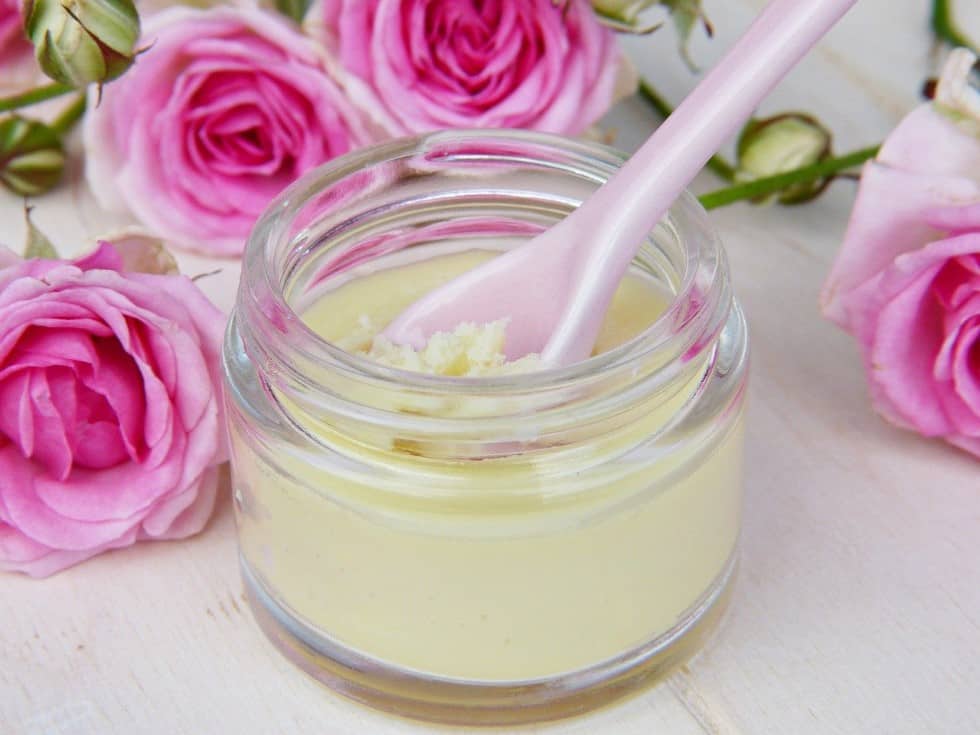
Steam Distillation:
For this method, steam is pushed through the plant material containing the desired oils. The steam releases the plant’s aromatic molecules and turns them into vapor.
This causes the vapor to turn back into liquid form. In this form the oil and water separate, letting the oil rise to the top of the container to be extracted. Some oils are heavier and fall to the bottom and so get extracted at that point.
Cold-pressed Extraction:
This method is mostly used on fruits; mainly on citrus fruit to harvest the oils. These types of oils come from the skins of the fruit rather than the fruit itself. The skin or peel is pricked thousands of times to puncture the cells that contain the oil.
The peels are soaked in warm water where the oil is then “pressed” out of the peels with high pressure and then collected for use.
Other Methods
There are other methods of extraction for oils, but then the obtained oils are not really considered true “essential oils”. Plants like jasmine, roses or vanilla have to have solvents used to extract their oils. When introducing any type of solvent, the end product is still an oil, but not an “essential oil” because the solvent destroys that part of the oil.
If it’s an “essential oil” that you are looking for, ask what extraction method was used to obtain the essential oil finished product. Ask if the oils contain any additives. If so, you may not be getting true essential oils.
ALL CONTENT ON THIS WEBSITE IS FOR INFORMATIONAL PURPOSES ONLY AND DOES NOT REPLACE ADVICE OR DIRECTIVES FROM YOUR DOCTOR OR ATTORNEY.
TESTING METHODS:
Gas Chromatography (GC):
The main purpose of any chromatographic process is to separate compounds so that we can then study them independently from the others. As essential oils are made of dozens, often hundreds of molecules, it is not surprising that gas chromatography is so fundamental in quality control.
Spectrometry:
After the chromatography separates all the compounds in a plant, spectrometry is then used to identify each of the compounds. Batches of the oils are checked this way to make sure a true essential oil has been obtained.
WHAT DOES THERAPEUTIC GRADE MEAN?
Since there is no organization that regulates oils of any kind, this question can be sticky; but important as any company can put “therapeutic grades” on their packaging or marketing items. Essentially with no regulation, this term is useless, but it sure does sound good, doesn’t it?
Vast amounts of oils are sold to the food industry. And anything that is ingested by humans has to be redistilled. Period, end of sentence. Unfortunately, any redistilled oil is no longer considered an “essential oil”.
If you come across an oil that says “therapeutic and good for internal use” in some way, the two cancel each other out. You can’t have it both ways. Something editable has to be redistilled making ii no longer “therapeutic”.
A commonly agreed upon definition of “therapeutic grade” (not a legal definition), is for the oil used in manufacturing come from a named species, a single crop and a single distillation. This means that a mixture of aromatics can not come from various different areas, or different years and from one distillation.
Instead of looking for “therapeutic grade” oils, a better way of judging oils may be to look for an oil that is “aromatheraphy” or “clinical” grade. Only the finest and truest essential oils fall into this category.
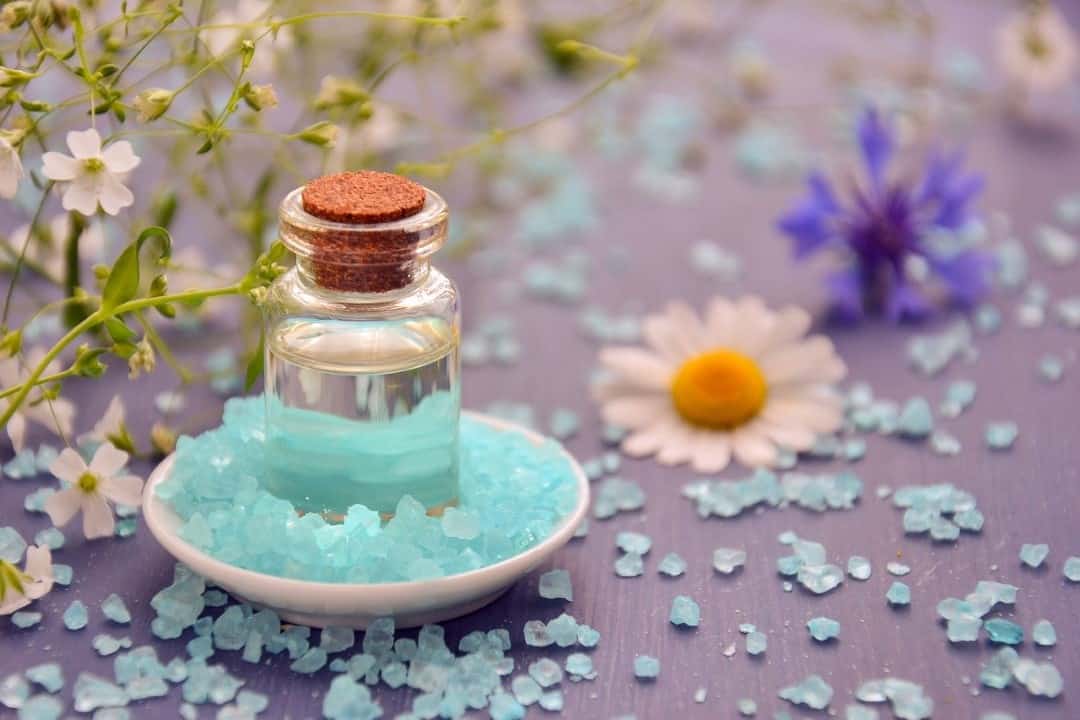
Good questions to ask:
Are your oils used in hospitals, hospices or clinical research projects?
Are your oils “aromatherapy grade”?
Do your oils come from a specific species, a single crop and single distillation?
WHERE DO THE OILS COME FROM AND HOW DO THEY WORK?
The power of essential oils comes from their bio-components. These oils are comprised of 200-500 bio-components and this is what makes them diverse in their uses and effects. No two oils are alike.
They work by penetrating cell membranes and then travel through the blood stream and our tissues. Because the essential oil molecules are very small, when applied to soft tissue or our feet they can begin to travel our bodies within minutes.
Potency of Essential Oils
The components or “constituents” of essential oils are what determines the purity of the oils and also depends on how these delicate components, of the oil is extracted and then preserved in the product.
These components can be destroyed by high temperatures or pressure or if they come into contact with certain metals. Stainless steel containers should be used for distillation—never copper or aluminum.
Another important point in distillation is what chemicals have been used on the plants themselves. The plants should be totally free of any herbicides or agrichemicals as any of these can react with the oils being extracted and cause toxic compounds to be produced rather than the aromatic-grade essential oils that we want to use on our bodies. It’s kinda like the CBD oils and supplements that a lot of us use today. You want these products to be as pure as possible to get the maximum benefits. No additives, fillers, etc.; even on the original plants while they are growing.
SAFE, BASIC GUIDELINES
Always, always check with your family physician before using anything for therapeutic reasons. And also remember to use common sense; then start using your oils gradually to find what works best and in what amounts for you and your family. And always do a small skin test first to make sure no allergic reactions happen.
- Keep oils out of reach of children. Treat essential oils as you would any other type of medications whether prescription or OTC.
- Keep essential oil bottles tightly closed and store in a cool place away from light. Doing so will keep the potency of these oils intact for many years.
- Keep a bottle of some type of pure carrier oil handy. Carrier oils such as olive oil, almond oil and coconut oils. These can dilute the essential oil if a skin irritation is detected.
BASIC USAGE CONSIDERATIONS
- Keep these oils away from the eye area and never put them directly into anyone’s eyes or ears. It’s recommended not to handle contact lenses or rub your eyes right after using essential oils. A very small amount could damage your contact or irritate your eyes.
- Any essential oil containing menthol should not be used on the throat or neck area of babies under 18 months old. Check with a doctor first.
- Pregnant women should really check with their doctor before using essential oils on their bodies.
- Directly inhaling essential oils is a method used for respiratory illnesses but should not be done more that 10-15 times a day. Again, check with a doctor.
- People with allergies should do a small skin test before use. If you have high blood pressure or seizures, check with your doctor first.
- Bottom of the feet are the best place to apply oils topically.
- 1-3 drops in your bath should be sufficient. No more than that should be mixed with bath salts or bath gel for dilution.
- Read and follow the instructions for your oils on how to use it and also how to add a carrier oil if needed.
WHAT TO LOOK FOR WHEN CONSIDERING PURCHASING ESSENTIAL OILS
Before purchasing essential oils, there are several things to consider when deciding to start using these oils. Which are the best brands, what is the price range you can afford, to get the best product you can and where do I start? Even things like–do you agree with the way the company does their planting, uses or doesn’t use third party testing, or do you want a company that only plants and works in the USA.
Keep in mind, that this is an industry that is not regulated in any way, shape or form, so my suggestion is checking out different companies before making your decision to buy.
You want to know what process the company uses to get to the end product. Do they use additives and fillers or do they dilute the pure plant oil? How do they test their products? Gas chromatography or mass spectrometry?
These are all good questions to research and/or ask a company you may be looking at to purchase your oils and it can be overwhelming. So, I dug into more research for you. I’ll go through some items I think are good to look at when choosing an essential oil company.
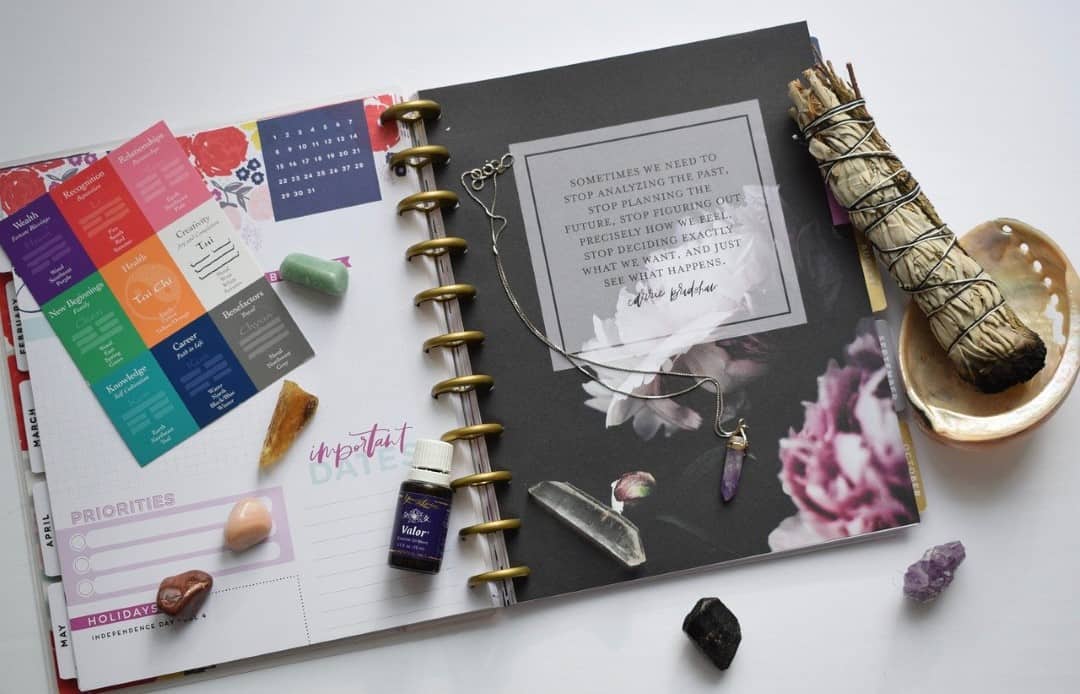
QUALITY CONTROL AND TESTING
Does a company use an independent third party to test their products or do they have their own testing method? You have to decide which is more important to you.
For instance—I prefer a company that uses third party, unbiased testing. And if the company is willing to publish their results, that’s more points in their favor. These points gives credibility to me in their confidence that the product they are putting out is as good as the company might be advertising.
PRICING AND CUSTOMER SERVICE
Look for a company that is competitive with their pricing and has a good customer service policy in effect. Some companies may be just a bit higher than others if their product is organic. If that is what makes a difference to you, then the small extra cost may not be a concern.
Most tend to have a money back guarantee within a 30, 60 or 90-days time frame. The hard part may be getting someone to actually speak to about your refund. Some give a full credit or a product credit while others give both options.
WHERE TO GET YOUR ESSENTIAL OILS
Another thing to think about is how you are able to get the products that you want. Several essential oil companies are MLM marketing type organizations, so you would have to find a consultant to place your order with. Others companies sell directly from their website while others can be found someplace like Amazon.
LOOK FOR ESSENTIAL OILS IN DARK COLORED GLASS BOTTLES
Just like in the distillation part of the process where only specific substances are used, your essential oils should only be stored in the darker colored glass bottles (amber, blue and green) that you see most oils in.
This is to ensure that the light does not affect the oils’ integrity and individual properties.
Stay Awesome!
Cher

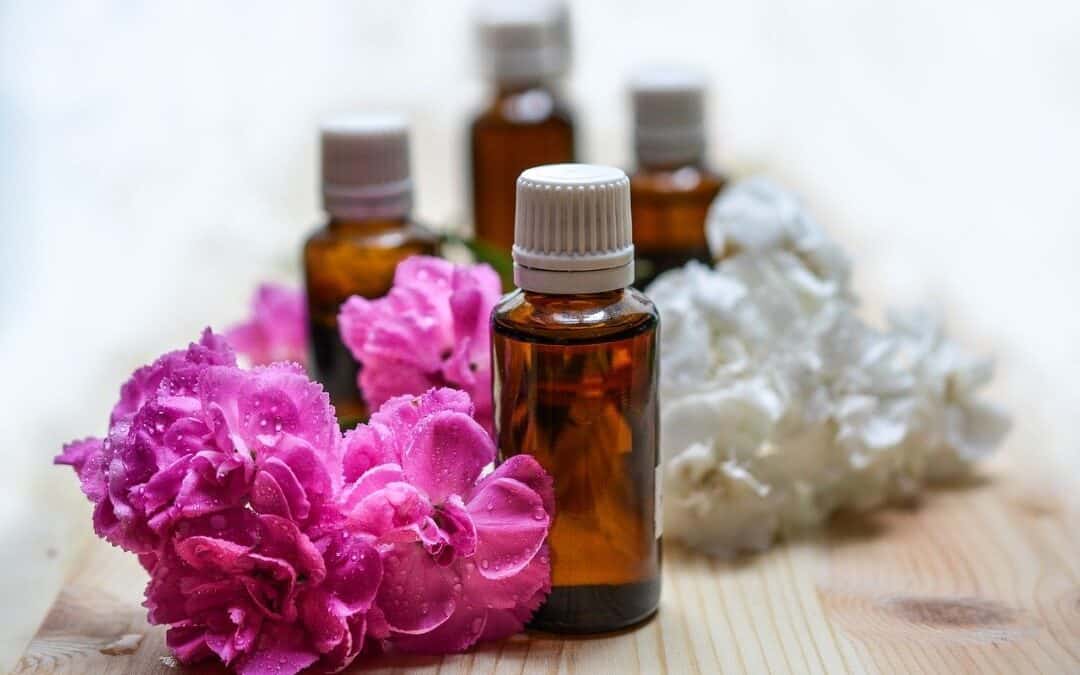







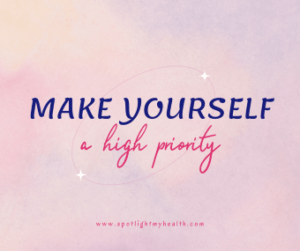

The oils can be bad for pets
Hi Rebecca:
You are absolutely right about some of the oils. Until you know more about their uses, it’s best to keep them away from your kids and pets. That’s why I suggest getting some type of container to store them in and making it easier to keep them up and away from our kids and pets.